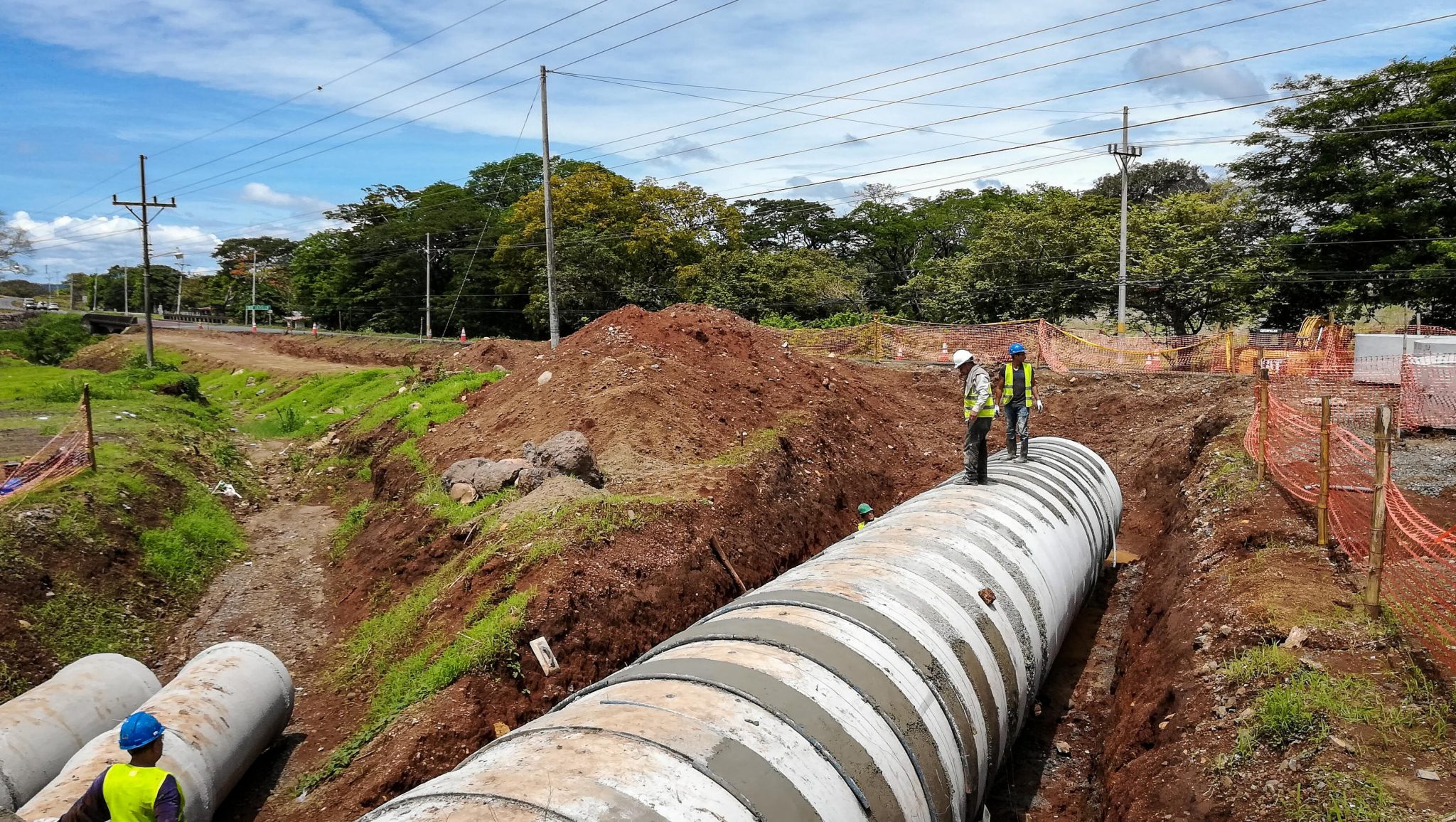
In August 2016, a baby jaguar about one year old appeared in the headlines of newspapers across the country. No one celebrated the news. It was run over on the road that connects Cañas and Liberia, near Bagaces.
The jaguar was an example of a species considered endangered in Costa Rica and already extinct in countries such as El Salvador, Chile and the United States.
The expansion of Route 1 was inaugurated a month before. The National Roadway Council called it “a first-world road.” In the original design, project developers considered more than 11 aerial and underground crossings for animals as required by the Inter-American Development Bank, which financed the project.
Esmeralda Arévalo, a geologist and one of the founders of the group Wildlife Friendly Roadways, explained that previous monitoring showed that animal crossings on this part of the road aren’t in the right places and don’t have the proper characteristics.
“For three months last year, a student from the Universidad Latina monitored the area and only one of the nine aerial crossings presented movement of animals, and it was only once,” Arévalo said.
Arévalo and director of forestry resources and wildlife for the National System of Conservation Areas (SINAC) Angel Guevara agree that the failure was the lack of a previous investigation to rigorously determine the areas with the most animal crossings.
“It’s not just about making the crossings, they have to be done well. For example, if there is jaguar presence, I can’t build a small crossing,” the biologist said.
A New Expansion
Two years later, in August 2018, the government started work again on Route 1, where the baby jaguar died, but this time a few kilometers away in the stretch that connects Cañas with Limonal (the place that connects the road to Tempisque river).
The project includes broadening the Inter-American Highway North to four lanes from two and expanding the seven vehicle bridges.
Karla Rojas, environmental manager for the project, said that the difference between this project and the previous expansion is that MOPT required studies before work began, which allowed them to reduce the impact of the roadway on wildlife.
The study showed that the violent death of animals on the highway is a daily occurrence. For six months, they counted 47 dead animals (foxes, anteaters and iguanas).
The second allowed for building and installing animal crossings at “hotspots” along the route. In other words, the areas where the majority of animals cross.
We want to make clear that the animal crossings aren’t going to guarantee that deaths won’t happen, but they’re essential to minimize the risk,” Rojas said.
In 2020, when the project is complete, there should be 14 aerial and underground crossings that they will test to guarantee their effectiveness.
MOPT’s requirement wasn’t an isolated incident. According to Rojas, from 2016 onward there has been an explicit commitment in the ministry to conduct these types of studies. They use the reference guide “Wildlife Friendly Roadways” that provides details on the steps to take in order to incorporate animal crossings in highway project designs.
Esther Pomareda, biologist at the Las Pumas animal shelter in Cañas who also co-authored the guide, said that the document is a reference point in Latin America that they started to work on in 2012 and was published in 2015.
“The guide isn’t mandatory, but MOPT took the initiative and, as of two years ago, all new projects must have that research and incorporate animal crossing designs into projects using the guide as a reference,” Pomareda said.
For example, the Cañas – Limonal expansion and the expansion of Route 32 that connects the center of the country with the province of Limón are already using the guide’s model almost fully.
Vital Ecosystems
The stretch of highway between Cañas and Limonal divides one of the 45 biological corridors in the country and the most extensive in the Arenal Tempisque Conservation Area (ACAT), called Howler Monkey Pass.
For Alejandro Madrigal, head of the ACAT biological corridor program, this is reason enough to pay attention to the road since the corridor is home to more than 300 species of birds, 15 of which are migratory.
We have had otter, puma and jaguar sightings. When you measure that, you realize the importance of these spaces,” he said.
Work Left to Do
Pomareda says that the animal crossings must be understood not just as allies of wildlife, but also of human life. “The fewer animals that go on the roadways the better for everyone.”
There is still a lot of work left to do. All the experts we consulted for this report agree on that.
The first point they agree on is that the Environmental Guide should be considered a mandatory document and that its implementation should be considered in the cost of the project.
They also argue that layouts they are considering for new roads also apply for the roads that are not being worked on, like the Limonal – Tempisque stretch for example.
On the other hand, for local governments to be allied with conservation is a priority. According to Pomareda, the national roadway network measures 37,000 kilometers, 30,000 of which are local roads that fall under the purview of local governments, not MOPT’s.
“There are impacts on those roads too, and the guide is a recipe that we should implement little by little,” Pomareda said.
The monitoring on roadways should be constant and not an isolated job, like it is currently, and allow for building databases through time in order to understand the movement of our animals, which is vital to saving their lives.
The research is a priority and so it is the rigor of the research”, she said.
But, maybe, the most important of all the changes and, of which we all can have control, is to be conscientious drivers, understand that the roadways are shared and that we aren’t alone on the road.




Comments